New Guidance on Gifts In-Kind for Non-Profit Entities
- Contributors
- Alyssa Hill
- Lorri Kidder

The new ASU 2020-07 standard for not-for-profit entities provides much-needed guidance that establishes changes for financial statement users regarding the amounts and types of gifts in-kind received. This standard includes contributed nonfinancial assets and services (gifts in kind); however, it does not change the accounting for these in-kind donations. Only the presentation and disclosure of this kind of charitable giving are impacted by these changes.
The new standard should be applied on a retrospective basis and is effective for annual periods beginning after June 15, 2021, and interim periods within annual periods after June 15, 2022, and early adoption is permitted.
Not-for-profit entities are now required by ASU 2020-07 to present gifts in-kind as a separate line in the statement of activities separate from contributions of cash and other financial assets. This particular requirement is met by two different presentation types.
The first presentation option is that the in-kind revenue can be presented on its own row in the statement of activities.
| Changes in net assets without donor restrictions | ||
| Revenues and gains | ||
| Contributions | $8,570 | Old presentation |
| Contributions of cash and other financial assets | $5,820 | |
| Contributions of nonfinancial assets | $2,750 | |
| Changes in net assets with donor restrictions | ||
| Contributions | $8,570 | Old presentation |
| Contributions of cash and other financial assets | $5,820 | |
| Contributions of nonfinancial assets | $2,750 |
The second presentation option is to present in a columnar format.
| Without Donor Restrictions | With Donor Restrictions | Total | ||
| Revenues, gains, and other support: | ||||
| Contributions | $8,570 | $7,750 | $16,320 | Old presentation |
| Contributions of cash and other financial assets | $5,820 | $6,550 | $12,370 | |
| Contributions of nonfinancial assets | 2,750 | 1,200 | 3,950 |
In addition, this standard requires non-for-profit entities to disclose the disaggregation of the amount of gifts in-kind by categories that describes the type of in-kind gift within the statement of activities. For each category of in-kind gift recognized, the following must be disclosed in the notes to the financial statements:
The information concluded from initial recognition may be disclosed in a tabular or in narrative format.
It’s crucial for nonprofit entities to remember that the types of contributed services that can be recognized must meet the criteria in FASB ASC 958-605-55. The ASU 2020-07 standard does not change previously issued guidance on the recognition of contributed services or required disclosures.
When dealing with understanding the application of this new standard within your nonprofit, it helps to have an engagement team that can decipher specific guidance and provide you with meaningful recommendations. If you have questions regarding compliance with the new ADU 2020-07 standard, reach out to a CRI advisor for more information.

























































































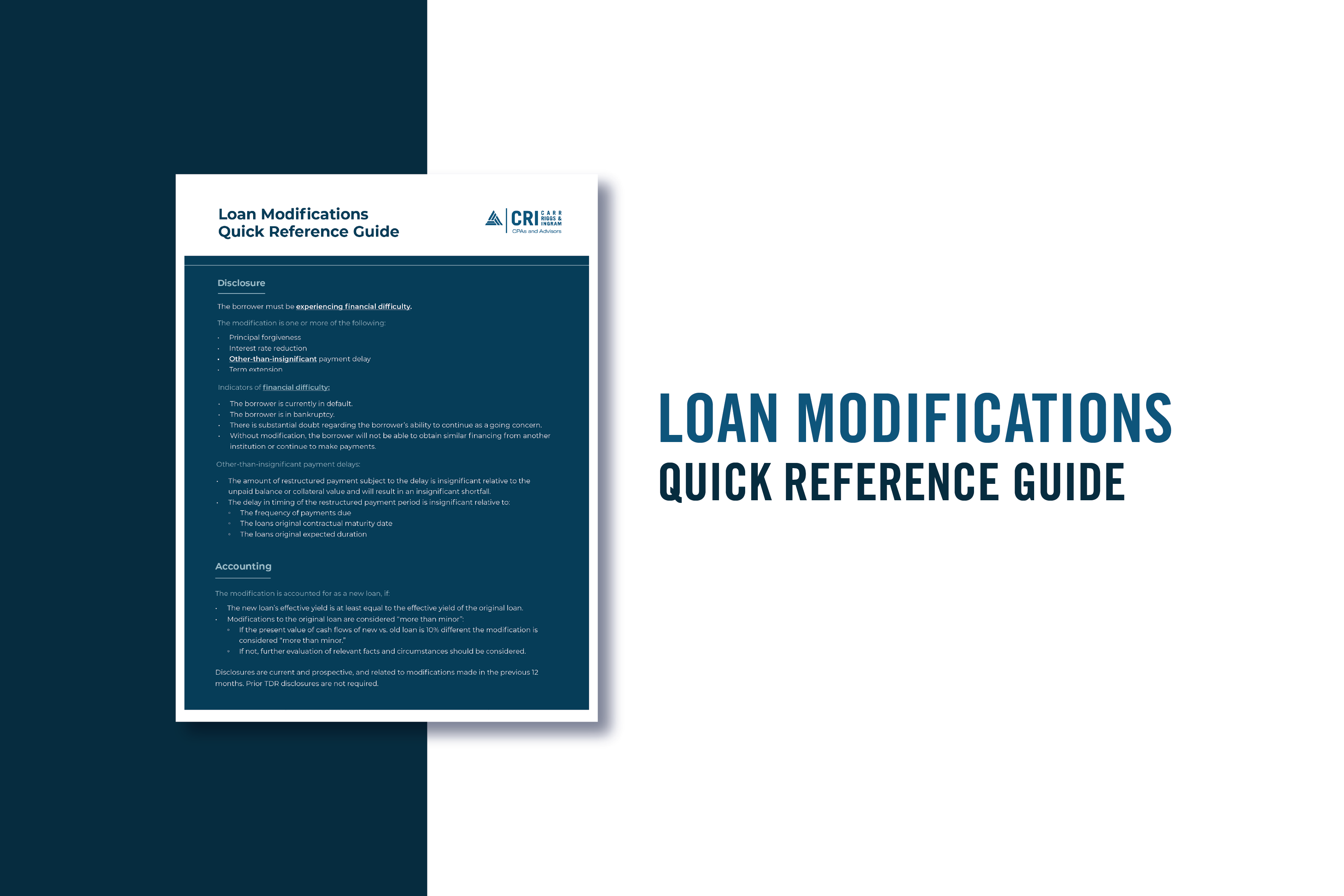














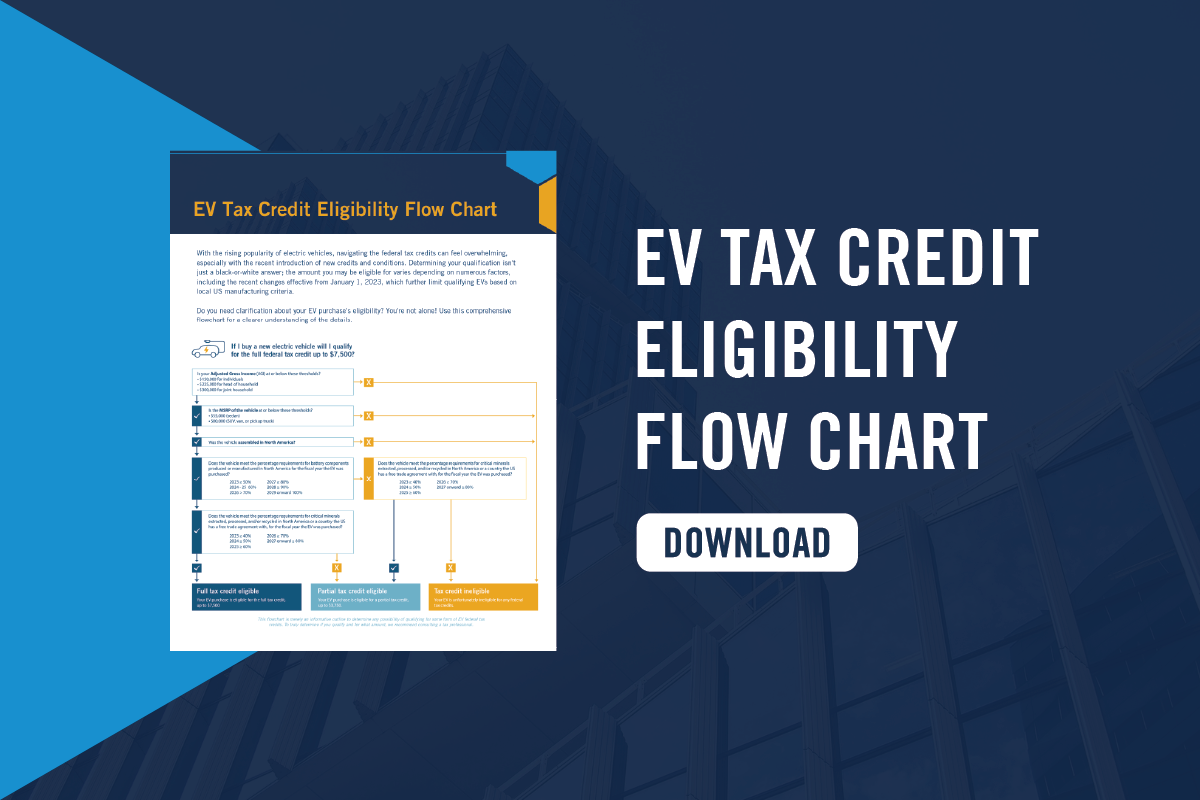
















































































































































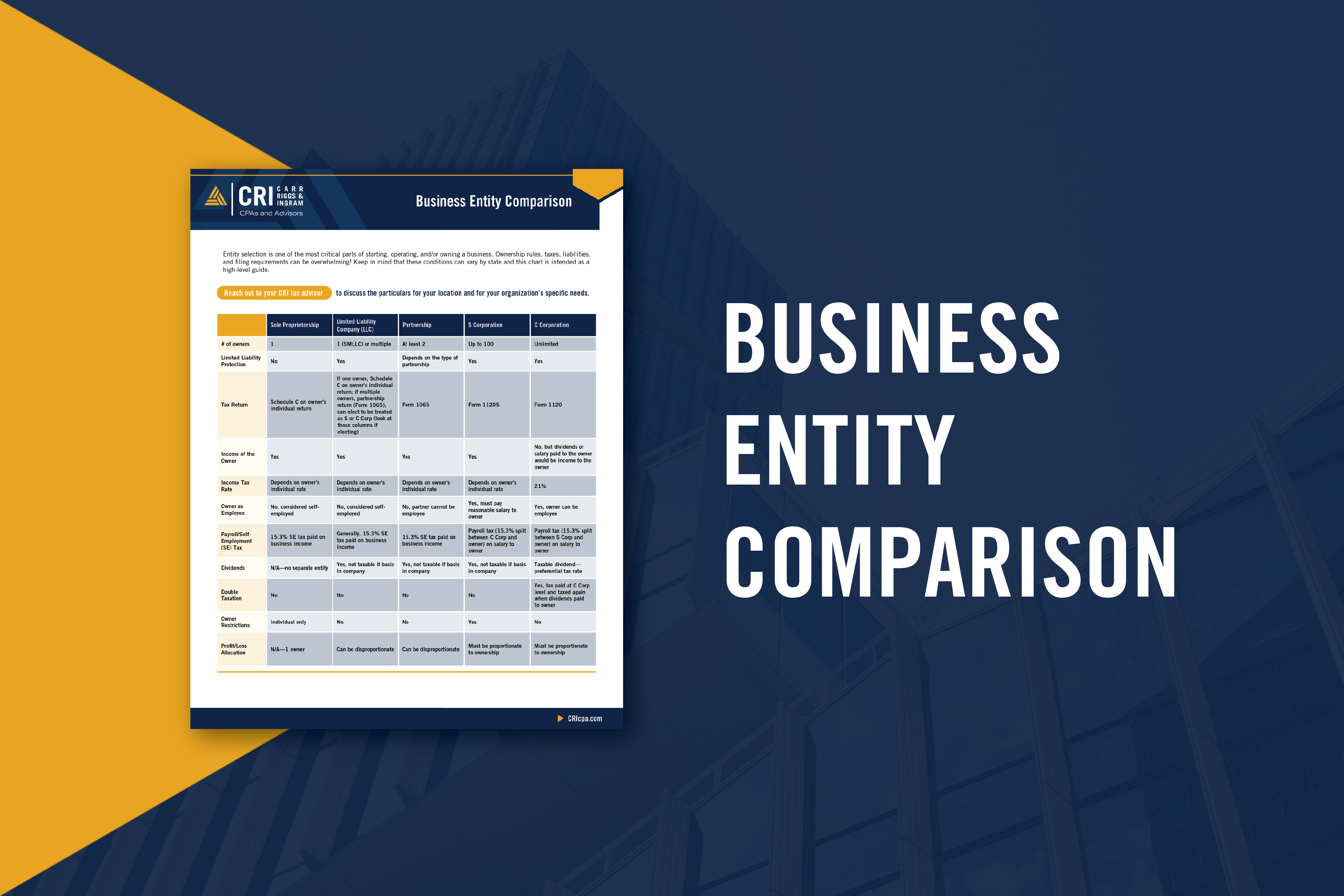








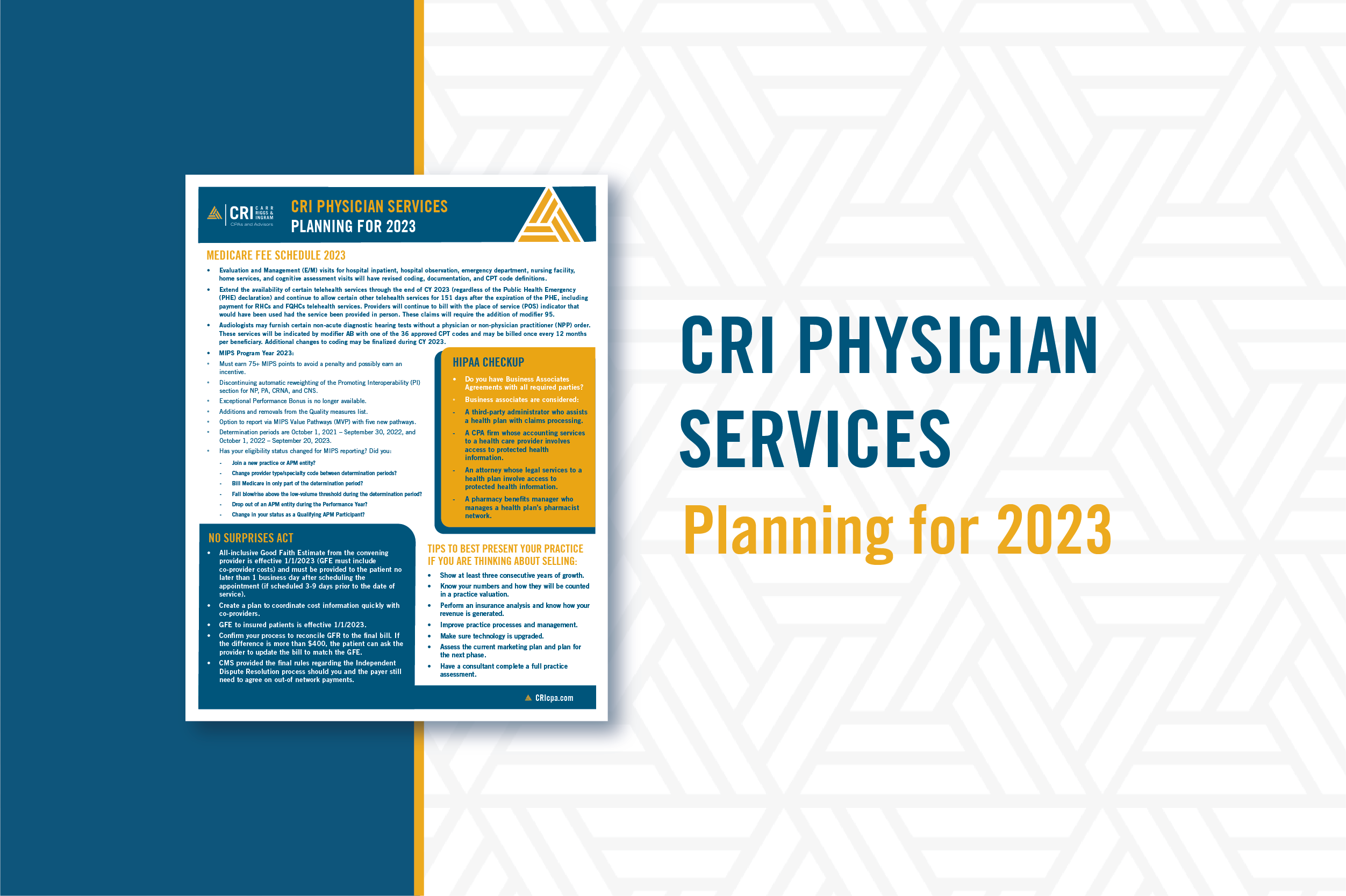










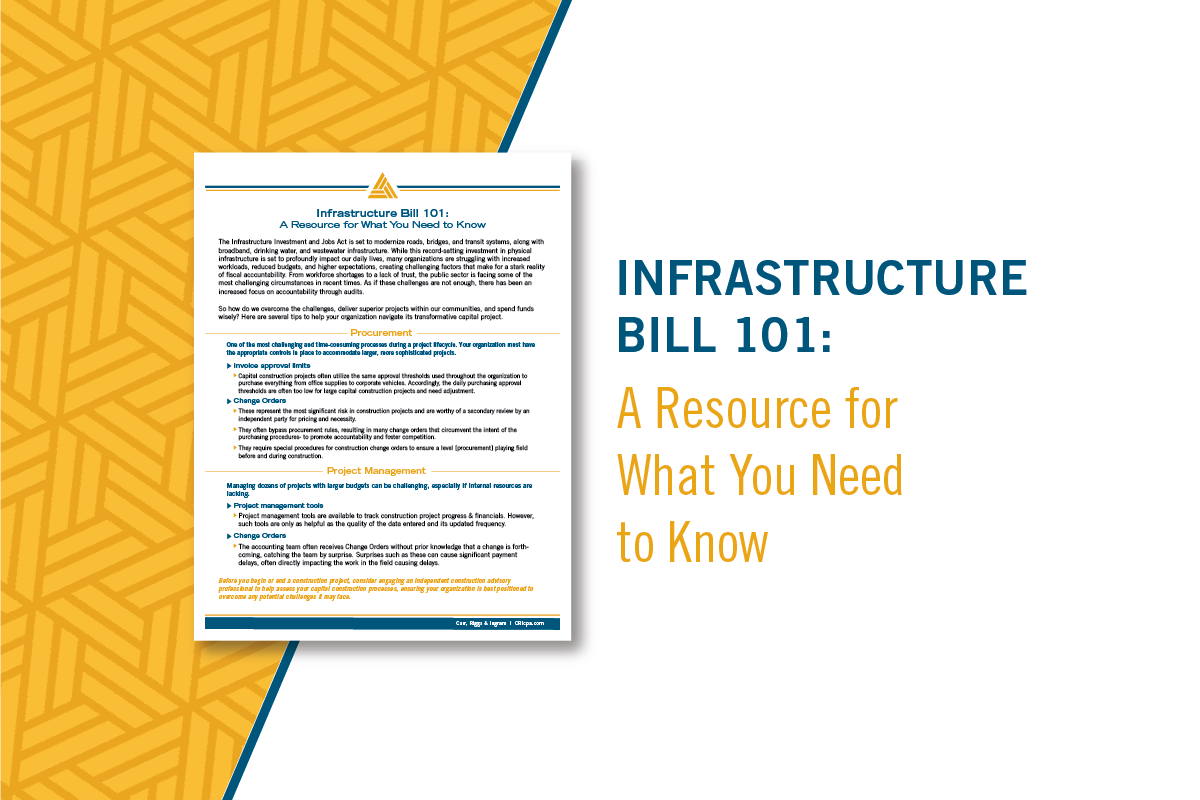






















































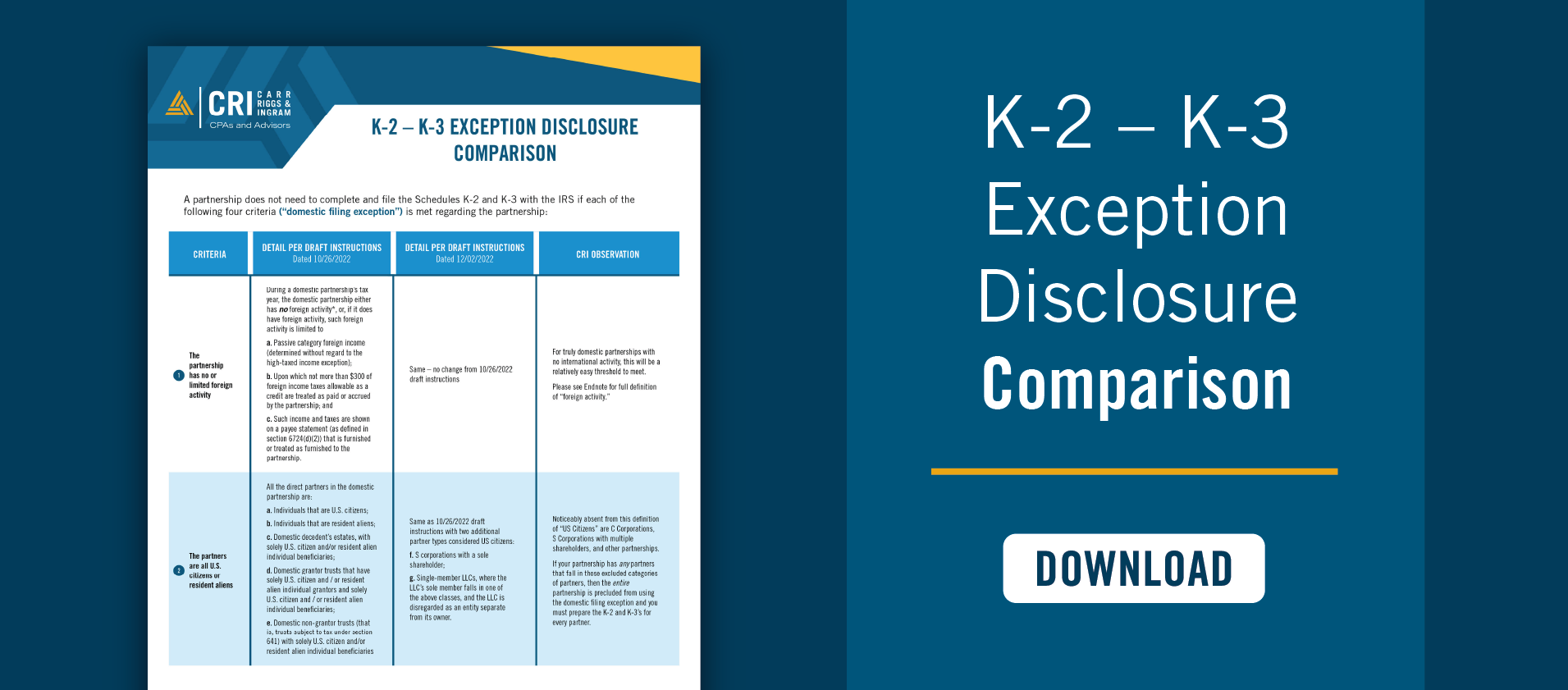
























































































































































































































































Subscribe to our e-communications to receive the latest accounting and advisory news and updates impacting you and your business.